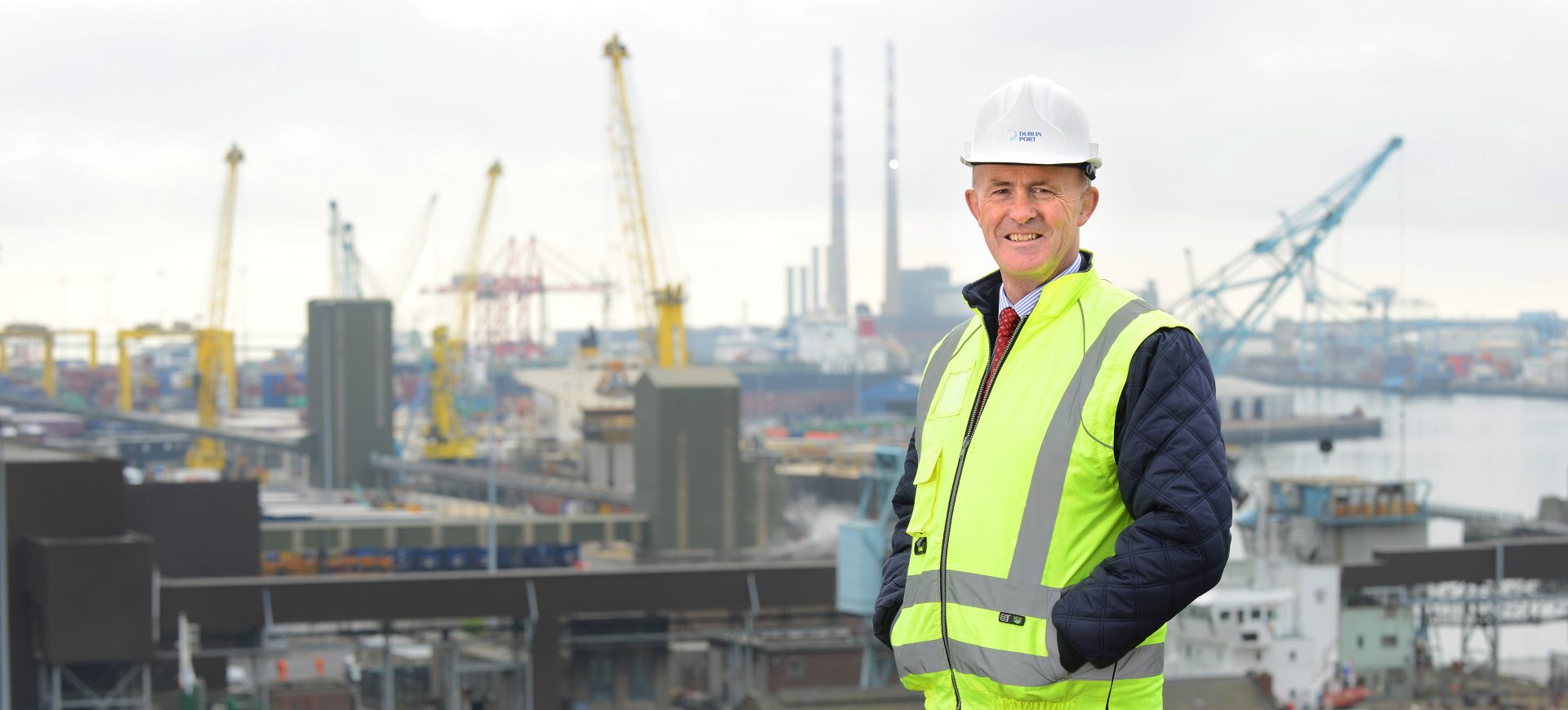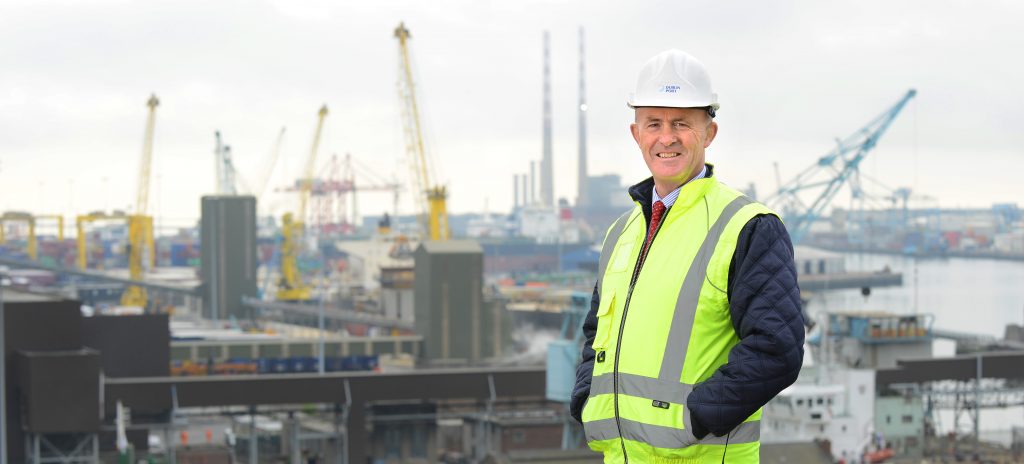David McWilliams idea of moving Dublin Port makes no sense says Eamonn O’Reilly of Dublin Port

12 February 2018

Whatever else Dublin Port is, I have come to realise that it is a magnet for daft notions and opportunism.
In 2006, the PDs suggested selling the port for between €25 billion and €30 billion and building a new port at Bremore. That is between €39m and €47m per acre. The Irish Glass Bottle site sold for €17m per acre in 2006.
Starting in December 2016, James Morris and Alan Moloney said that 18 acres of port land on the Poolbeg Peninsula was the only place for their €80m Dublin Bay Studios project. This was after they had targeted the Irish Glass Bottle site and been rebuffed.
And now David McWilliams returns to the PDs’ notion and puts a price of €8m to €10m per acre on port lands. Throwing a casual extra €1 billion in, Mr. McWilliams puts a value on 640 acres of port lands of between €6 billion and €7 billion.
For Morris and Moloney, Mr. McWilliams’ €8m to €10m per acre inconveniently suggests a land value for their €80m project of between €144m and €180m.
Not to worry though, there is always the hope that their appeal of the Poolbeg West Planning Scheme to An Bord Pleanála will result in their coveted 18 acres being zoned exclusively for film studios, thereby pushing the land value down to a level that would work within their budget.
Never mind that the lands aren’t for sale, a bit of lobbying (66 Designated Public Officials, including nine government Ministers, in the 24 months to December 2017) and a supportive column by an economist (none other than Mr. McWilliams in the Irish Independent on 20th May 2017) might change that. Just check the returns for Dublin Bay Studios on www.lobbying.ie.
And now we have Mr. McWilliams’ column in the Irish Times on Saturday 10th February 2018, almost identical to a column of his in the Irish Independent on 19th August 2017. I responded to Mr. McWilliams in the Irish Independent four days later. I dealt there with the inaccuracies in his original Irish Independent column which he now repeats in the Irish Times. Most notably, I pointed out that there are more than 3,000 people employed in Dublin Port, far more than the 140 Mr. McWilliams suggests.
Some people struggle to differentiate between a notion and a vision. One of the main differences is a lot of hard work. We are doing this in Dublin Port and we invested €75m in infrastructure in 2017. In 2018 we will spend €132m and, over the ten years to 2027, we need to spend €1 billion.
It would take between 10 years (if you are optimistic) and 20 years (if you are realistic) to build Port McWilliams. In the meantime, volumes through Dublin Port will continue to grow and will reach about 77m tonnes by 2040. They rose by 30.1% to 36.4m tonnes in the five years to 2017.
By 2040, Dublin Port will have reached full capacity. In three years time we will begin the 20 year project to build new and additional port facilities elsewhere on the east coast informed by our own Masterplan 2012-2040 and by the National Planning Framework, also to 2040.
There is a lot of numbers in this column and an awful lot more in the analysis behind our development plans in Dublin Port. Mr. McWilliams, unrestrained by facts, analysis or by overarching imperatives such as proper planning and sustainable development, comes far too easily to a conclusion which should go the same way as the PDs’ notions of 2006.
With the National Planning Framework just about to be launched, Mr. McWilliams finishes his column with:
If moving Dublin Port is not in the Government’s latest national plan, surely it would be a great vote-winner for someone thinking of running for the directly elected mayor of the capital?
I had hoped we had learned important lessons from the crash. It seems I am wrong. As elsewhere, the favouring of fantasy over facts is alive and well in Ireland.
